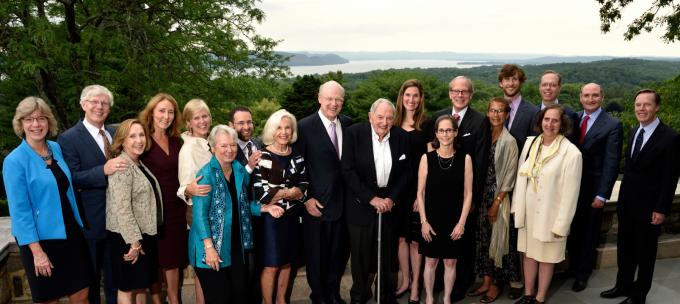The Riverside Church has had a strong presence in social justice campaigns including the anti-war, anti-death penalty, and immigrants’ rights movements. It has served as a speaking forum for Martin Luther King, Jr., Cesar Chavez, Desmond Tutu, and Nelson Mandela.
